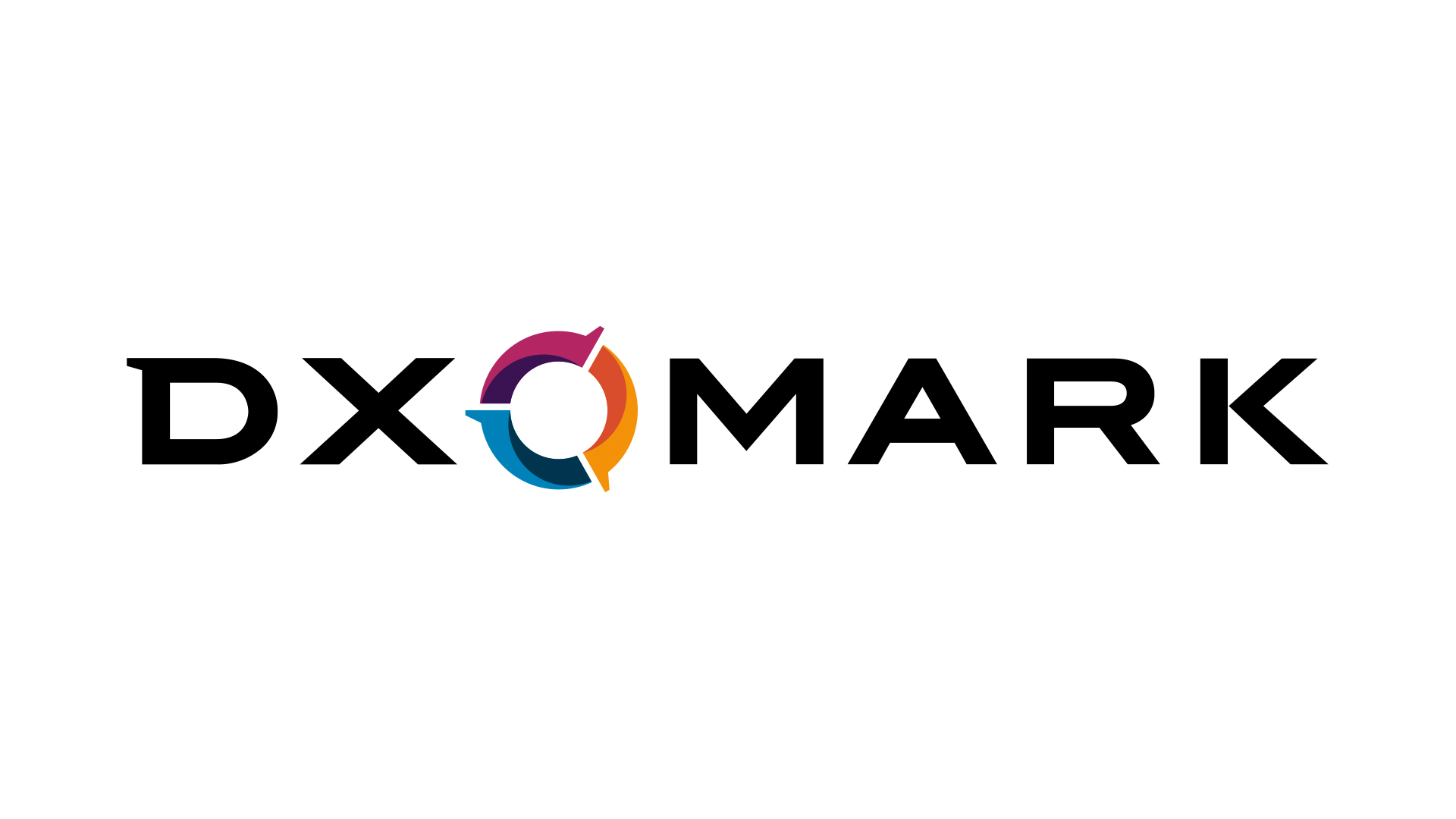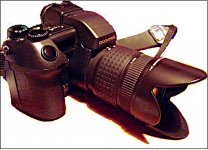I had a quick search and didn;t come up with too much on this.
I recently bought a couple of pocket wizard plus 3s. These can shoot at the full burst speed of the camera and on my first use i found that the buffer of my remote (Canon 7D mk2) was filled before my subject had reached the focus point.
Now I have 3 options here. trigger later (which if using 2x remotes may not be an option), set a slower burst mode, or buy a faster memory card.
So Does anyone have experience of how much of a benefit buying a faster card would have? I currently have one of these, that records at 90mbs.
I can see some lexar cards that record at 120mb a second, but lets say my files are 25mb thats only 1 more image a second i am going to get, and if the max burst speed is 8 FPS that isn't going to be much of a cost/benefit really, indicativly...
Anyone got any thoughts?
I recently bought a couple of pocket wizard plus 3s. These can shoot at the full burst speed of the camera and on my first use i found that the buffer of my remote (Canon 7D mk2) was filled before my subject had reached the focus point.
Now I have 3 options here. trigger later (which if using 2x remotes may not be an option), set a slower burst mode, or buy a faster memory card.
So Does anyone have experience of how much of a benefit buying a faster card would have? I currently have one of these, that records at 90mbs.
I can see some lexar cards that record at 120mb a second, but lets say my files are 25mb thats only 1 more image a second i am going to get, and if the max burst speed is 8 FPS that isn't going to be much of a cost/benefit really, indicativly...
Anyone got any thoughts?




